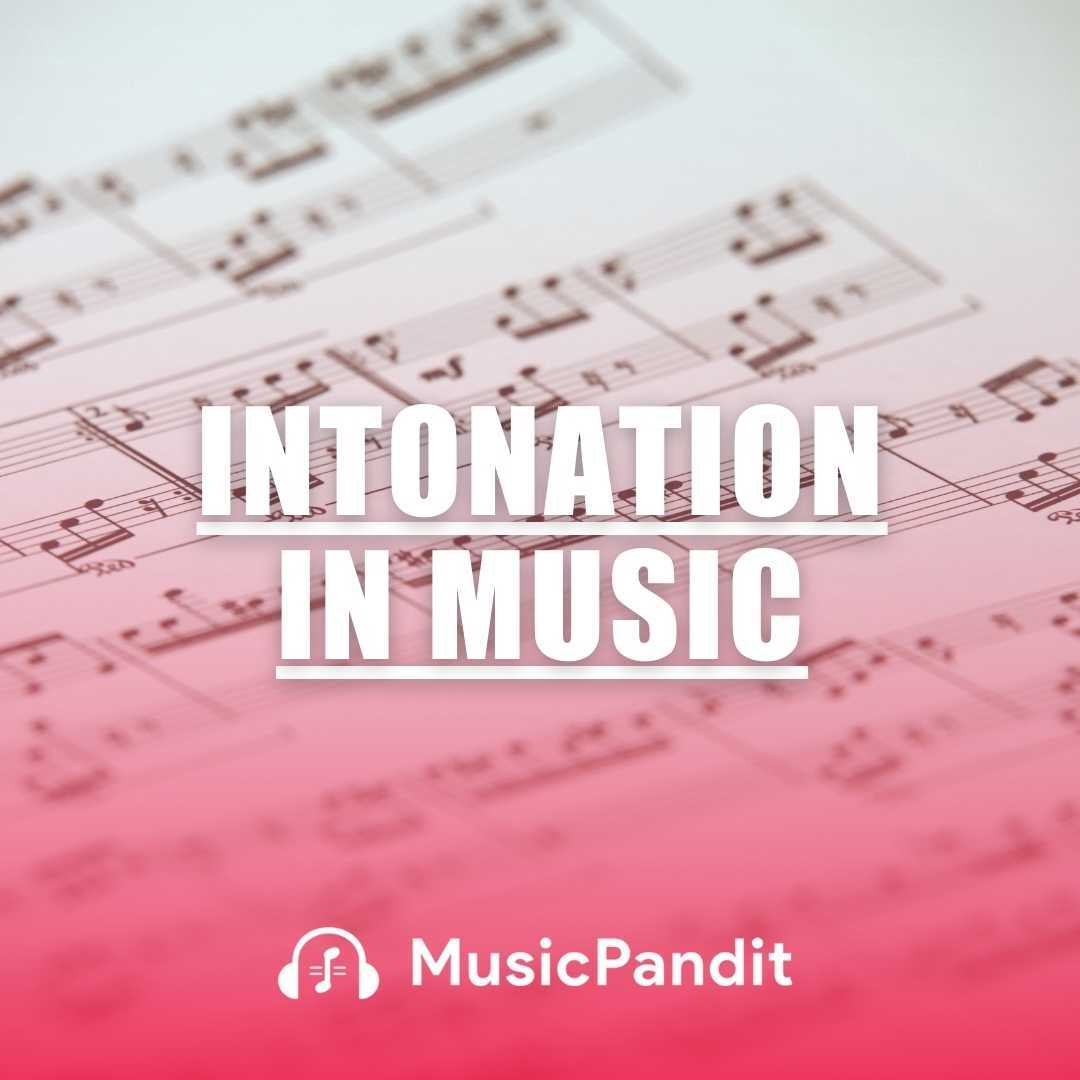Music is not just about melodies and harmonies; its heartbeat is equally important. This heartbeat is measured in Beats Per Minute (BPM), a fundamental concept that defines the tempo or speed of a piece of music.
Whether you’re a beginner or an advanced musician, understanding BPM can greatly enhance your musical skills and comprehension.
What is Beats Per Minute (BPM)?
BPM stands for Beats Per Minute, which indicates how many beats occur in one minute of a song. It’s a numerical representation of tempo, guiding musicians to maintain rhythm and ensuring consistency across a performance. For instance:
- A song with 60 BPM means one beat per second.
- A song with 120 BPM doubles this speed with two beats per second.
Musical tempos are often described using Italian terms such as Largo (slow) or Allegro (fast), and these are directly related to BPM ranges.
Why is BPM Important?
- Sets the Mood: BPM influences the emotional tone of a song:
- Low BPM (e.g., 40–60) evokes calmness or melancholy.
- High BPM (e.g., 140+) creates excitement or intensity.
Synchronization: In group performances or ensembles, a shared BPM ensures all players are in sync.
Creative Freedom: Composers use to evoke specific emotions and vibes in their music.
Practicality: For dancers or athletes, BPM helps match movements to music, making it vital in choreography and fitness routines.
How to Measure Beats Per Minute
Counting Beats: Listen to a song, count the beats for 15 seconds, and multiply by four.
Using a Metronome: Adjust the metronome tempo to match the song’s beat.
Software Tools: Applications like Ableton Live or metronome apps can analyze and calculate BPM instantly.
BPM and Musical Instruments
Each instrument interacts with Beats Per Minute differently:
- Piano: Used in practice to maintain tempo during scales and arpeggios.
- Drums: Essential for drummers to keep the rhythm steady, especially in live settings.
- Guitar: BPM guides strumming or picking patterns, helping guitarists stay consistent.
- Vocalists: Singers adapt their phrasing and breath control according to the BPM of the song.
Practical Benefits of Practicing with BPM
- Improves Timing: Practicing with a metronome trains musicians to internalize tempo.
- Develops Precision: Helps in mastering complex rhythms and maintaining steady speed.
- Boosts Creativity: Experimenting with BPM allows musicians to reinterpret songs or compose unique pieces.
BPM in Popular Music
Different genres have characteristic BPM ranges:
- Classical: Often between 40–120 BPM, with varying dynamics.
- Pop: Generally 100–130 BPM, creating catchy, upbeat rhythms.
- EDM: Can go up to 150–200 BPM for high-energy tracks.
- Ballads: Usually around 60–90 BPM, evoking emotional depth.
Related Concepts
Tempo Terms: Learn the Italian terms often associated with BPM:
- Adagio: Slow and expressive (66–76 BPM).
- Andante: Walking pace (76–108 BPM).
- Allegro: Fast and lively (120–168 BPM).
- Time Signature: While BPM measures speed, the time signature determines how beats are grouped (e.g., 4/4 or 3/4).
- Metronome Marks: These are numbers on sheet music, indicating the BPM for a piece.
How to Practice BPM
- Start Slow: Begin with a comfortable BPM and gradually increase as you master the piece.
- Use Technology: Apps and digital metronomes make it easier to adjust and monitor BPM.
- Group Practice: Playing in ensembles with a shared BPM strengthens collaboration and synchronization.
BPM and Emotional Impact
Music with specific BPMs can evoke particular feelings:
- Low BPM: Calm, reflective, or sad.
- Moderate BPM: Relaxed, thoughtful, or happy.
- High BPM: Energetic, exciting, or intense.
This makes BPM crucial for filmmakers, DJs, and producers aiming to set the perfect mood.
Conclusion
Beats Per Minute is much more than just a number; it’s the pulse of music that keeps everything in harmony. By getting a good understanding on BPM, you not only improve your musicality but also gain a deeper appreciation for the art. Whether you’re playing an instrument, singing, or composing, following and practicing BPM will elevate your skills and musical expression.
For more interactive ways to explore BPM, consider experimenting with a metronome, playing along to songs of different tempos, or using apps designed for musicians. Happy practicing!














